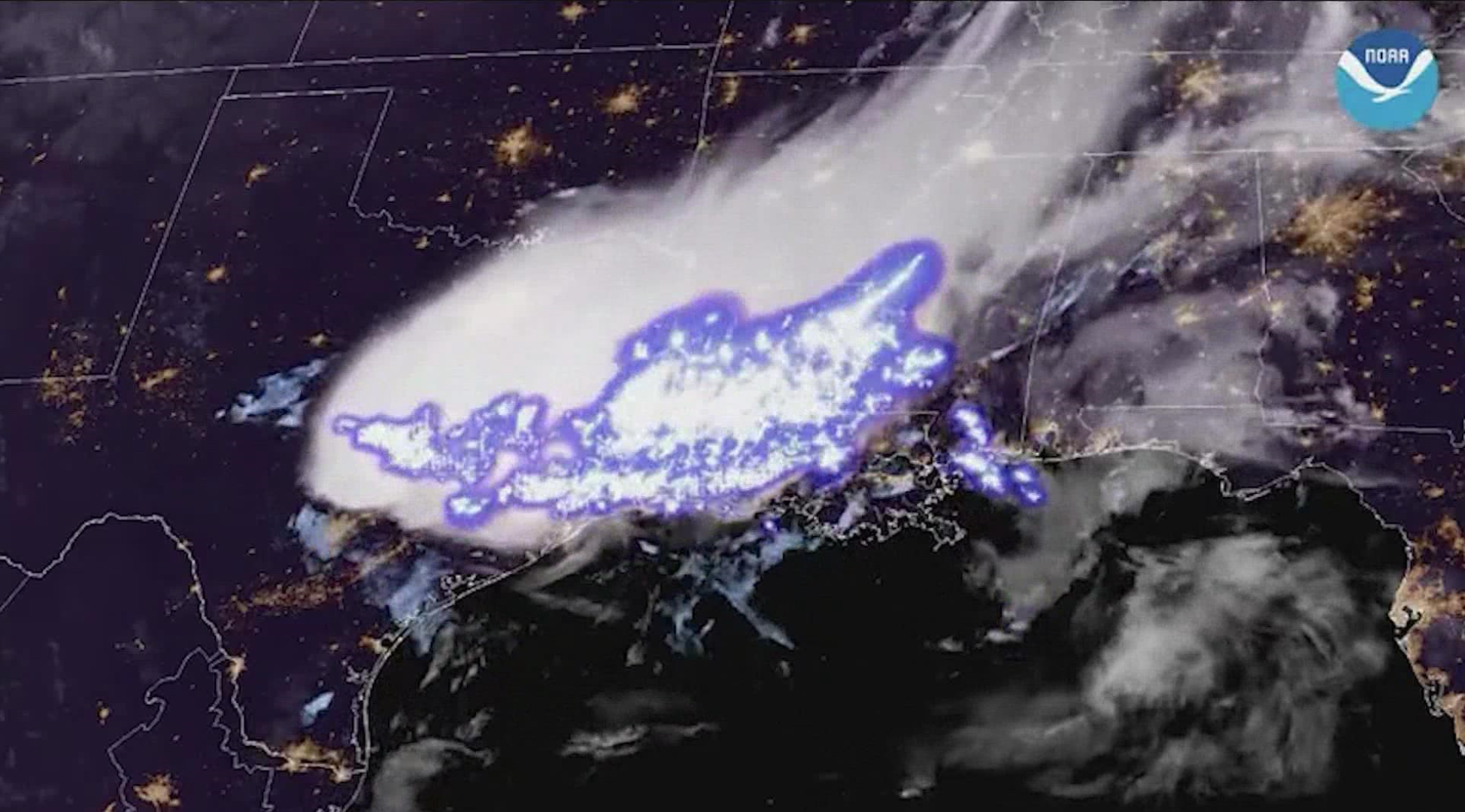Environment
Lightening “Mega-Flash” Streaked Across US For Nearly 500 Miles, Breaks World-Record
Normally, lightning flashes last less than a second and don’t stretch more than 10 miles.

In the southern United States, a mind-blowing lightning mega-flash that snaked over three states just set a new world record.
A megaflash does not go from cloud to earth like standard bolts do. Almost instantly, it flows from one electrified cloud to the next, creating an immense electric zigzag pattern. It is possible for a megaflash to travel hundreds of miles and illuminate the sky for more than 10 seconds if a thunderstorm system is large enough.
On April 29, 2020, this occurred over the US south. In northeastern Mississippi, a huge bolt of lightning slithered through thunderstorm clouds. That’s the distance between New York City and Columbus, Ohio (477 miles/768 kilometers).
Now, we have a new winner. The World Meteorological Organization confirmed on Tuesday that the megaflash had traveled the greatest distance ever recorded.. It’s roughly 37 miles (60 kilometers) farther than the previous record-holder, which swept over southern Brazil in October of 2018.
The lightning bolt was captured by the National Oceanic and Atmospheric Administration’s GOES-East satellite as it lit up the sky over the southern United States.
The Bulletin of the American Meteorological Society issued the certification of the new world record-setting flashes on Tuesday.
Los Alamos National Laboratory atmospheric scientist Michael J. Peterson, who was the principal author of the certification study, said that: “Lightning is a surprisingly elusive and complex natural phenomenon for the impact that it has on our daily lives.”
“We are now at a place where we have excellent measurements of its many facets, which allow us to discover surprising new aspects of its behavior,” he adds.
When lightening is about, take cover.
It is very unusual for a lightning bolt to hit a person, yet it does happen. In the United States, according to the National Weather Service, lightning kills roughly 49 people every year and injures hundreds more. According to the World Meteorological Organization (WMO), the worst single lightning bolt on record killed 21 people in Zimbabwe in 1975 as they sought refuge in a tent.
When it comes to mapping lightning flashes, meteorologists have traditionally depended on ground-based monitoring technologies. Satellites orbiting far above the Earth, on the other hand, have a significantly larger field of view, enabling them to catch the whole range of a megaflash in a single photograph.
As this technology improves we will better understand megaflashes and lightening in general.
Typos, corrections and/or news tips? Email us at Contact@TheMindUnleashed.com
